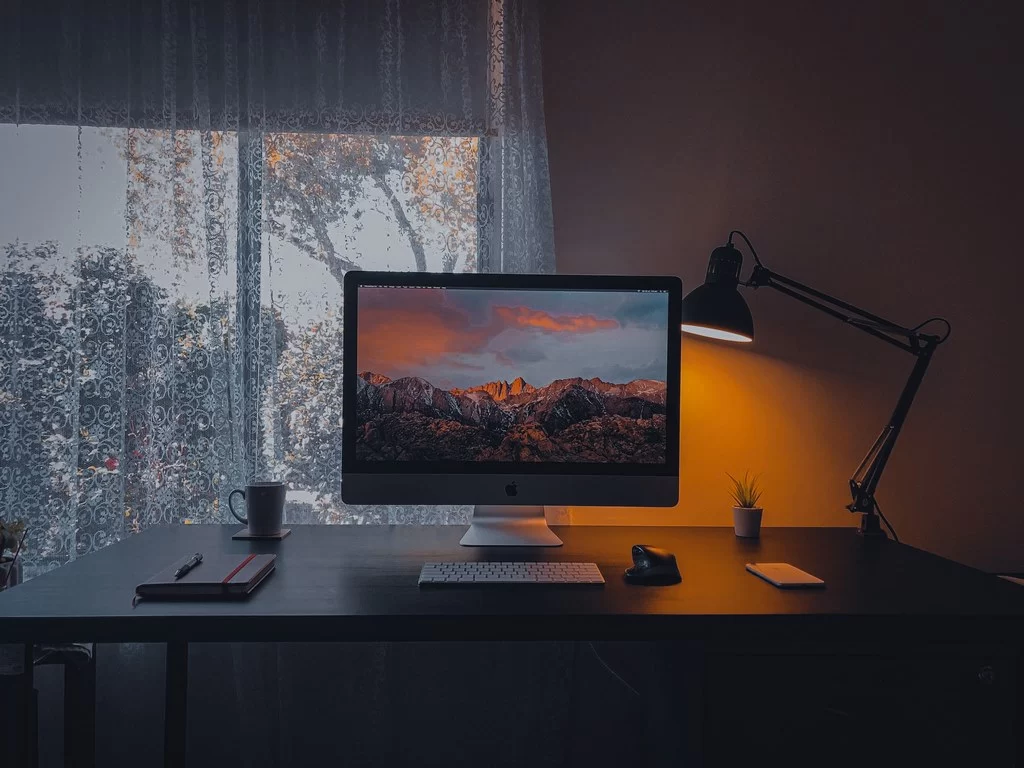Whenever you’re in the market for a new personal computer, you probably have a long list of requirements it should fulfill. It is a necessary factor for both working architects and potential architects.

For this reason, it is not sufficient to simply pick up any computer built for gaming and hope that it will suffice. If you’re an architect and looking for a new laptop or desktop in the market, you should go for the selection of best laptops from ArchitectStudents.com and keep these five factors in mind which we have mentioned below;
The computer’s “brains,” also known as the Central Processing Unit (CPU), are located in the same location. The speed of a computer processor is given in gigahertz (GHz). The faster the processor, the better. However, faster computers typically cost more.
Take some time to think about the activities that will be running on the company’s computers and choose a processor accordingly. The minimum recommended processor speed by Microsoft for running standard office software like Office 2013 is 1 GHz. In order to accomplish more complex, graphics-intensive tasks, a more powerful processor is recommended.
As of January 2014, Windows was clearly the most widely used operating system, controlling more than 80% of all computers. If you want to build your own personal computer, you can either purchase a pre-built system with Windows previously installed, or you may buy Windows separately.
There are a number of open-source, Linux-based alternatives to Windows that can be used instead. The OS X operating system is exclusive to Apple and is pre-installed on all Macs.
All of your computer’s data, including documents, programs, and pictures, is stored on the hard drive. There are two main varieties of hard drives available as of January 2014: hard disk drives and solid-state drives.
Although solid-state drives (SSDs) are better, they also cost higher. The two primary features of a hard drive are its transfer rate and its storage capacity. One terabyte of storage space is the minimum you should demand from a hard drive.
The computer’s graphics card is responsible for handling video processing tasks. There are two distinct types of graphics cards available in the market today: integrated and dedicated.
The motherboard actually contains the graphics processing unit (GPU). Separate installation procedures are required for dedicated graphics cards. In most cases, the performance of a specialized graphics card will be superior.
It is advised that you get a specialized graphics card for your personal computer or laptop if you intend to use it for activities such as video editing, playing games, or watching high-definition movies.
The CPU and memory, commonly known as RAM, interact to determine how quickly your computer completes tasks. It’s true that when it comes to computers, more is almost always better.
RAM is usually described in terms of its capacity in gigabytes. A computer with 4 GB or more RAM is recommended for normal computing. Always check the motherboard’s compatibility list before buying new RAM.